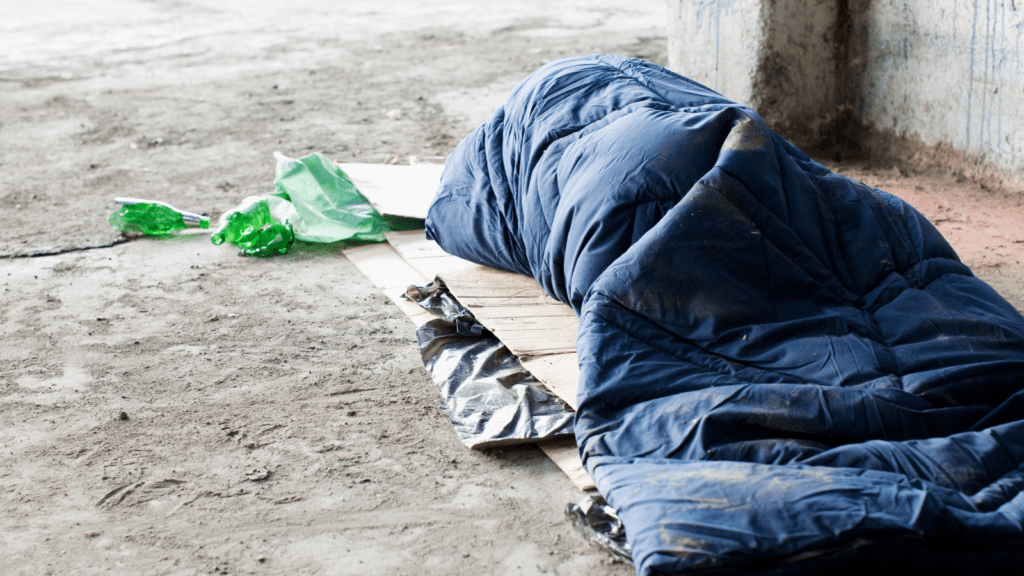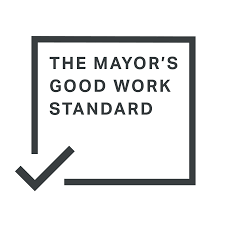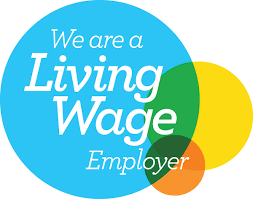The message ringing out across the country since March 2020 has been categorically to ‘stay at home.’ Sounds easy right?
But what if you do not have somewhere to call home? No safe space to lock out the dangers of the outside world.
What then?
Since 2010, the number of rough sleepers in England has increased by more than 250% due to an increase in private rents, a shortage of social housing and the upward tick of the cost of living.
When you come across people sleeping rough, perhaps passing by them on your way to work, it is hard to imagine yourself in that position. When you have a job, a house, a family, it is difficult to imagine that those things could all fall apart.
In reality, homelessness could happen to us all.
Before the pandemic, Shelter reported that almost three million people in the private rental sector in England are just one pay cheque away from losing their homes. This situation has only been exacerbated by Covid-19 with many people facing unemployment or unable to remain in temporary accommodations.
According to figures compiled by the Observer, more than 70,000 households in the UK have been made homeless during the pandemic. And being homeless does not just mean rough sleeping; people live in overcrowded homes with no permanent address, staying in hostels or on the sofa of friends and family.
In response to the pandemic, the ‘Everyone In’ scheme, where councils were given £3.2 million of government funding to provide emergency shelter for homeless people, moved rough sleepers into self-contained accommodation. Suddenly it seemed like the deeply engrained issue of homelessness had been solved. Whilst the scheme was effective in protecting lives against Covid-19, it does not address the reasons behind why people have become homeless in the first place.

How do you solve homelessness? Find people somewhere to live?
Homelessness is a much more complex issue than putting a roof over someone’s head. There are so many different reasons why people find themselves without a home; an unexpected job loss, relationships break down, family members move away, mental health deteriorates.
So, how can sport help those that are homeless? How can a bit of physical activity possibly make a difference?
Think about sport and you might bring to mind elite athletes on the track, Sunday morning football games, rugby matches, swimming galas. Or leisurely runs in the park, long café stop bike rides or perhaps fitness classes and gym sessions. The connection between sport and combatting homelessness is not one easily made.
But there is also a simplicity that comes with the very act of movement. It creates a greater awareness of your own body’s ability; be that travelling a certain distance under your own steam, or realising you have the physical strength to lift something. It is this sense of achievement, of working towards a goal that can be a boost for self-esteem.
The Sport and Health Project created by Single Homeless Project uses sport and physical activity to transform the lives of homeless and vulnerable people, particularly focused on tackling inactivity in those over 55.
The project recognises what an important impact sport and physical activity can have on all aspects of health, both physical and mental.
The project runs a wide range of sessions including football, boxing, and yoga, creating opportunities for those that they work with to get active based on individual needs and abilities.
The project’s Sports Day acts as a celebration of the positive impact the project has had on client’s mental and physical health by getting them more active. This year, due to Covid-19, Sports Day looked a little different. Instead of one big day all together, Sports Day went on tour to 17 hostels, engaging residents, and staff in indoor and outdoor activities.
The skills developed by engaging in sport and physical activity like building resilience, self-esteem, social connection, a feeling of yes, I can do this, creates a ripple effect that can have an impact on all aspects of a person’s life.
You may ask, how can going for a run stop me from being homeless? But have you ever finished a run with a new-found feeling of invincibility?
Judge Craig Mitchell, a keen runner set up a running group for homeless people and recovering addicts after a defendant contacted him wanting to meet at the Midnight Mission homeless shelter where he was living. Through a process of training in a group, in this case, training to run a marathon, making a commitment, and creating accountability has resulted in lives being turned around. The documentary film Skid Row Marathon follows the journey of some of the people involved, highlighting the ‘bigger picture’ approach that comes from Judge Mitchell in tackling what has led the people he runs with to be where they are.
Sport has the ability to reach people in different and non-traditional ways; it tackles the issues people are facing by coming from a different angle. It can be used to empower people, equipping them with the necessary tools to live in the world and the ability to cope with the many and varies challenges that everyday life presents.
As much as we might be a little tired of being inside our own homes so much over the last ten months, how often have you got home, closing the door on a cold, wet night, letting out an audible sigh, grateful to be safely warm in your own home?
The causes of homelessness run very deep and it is not something that can easily be solved overnight.
Sport and physical activity alone cannot eradicate the issue of homelessness just like it cannot ‘cure’ depression, but it can play a very important role in reaching those who have found themselves on the fringes of society.
Once again, we see how sport can overcome traditional barriers, acting as an equaliser, bringing people from different backgrounds together and providing a very valuable vehicle to drive change and transform lives.








